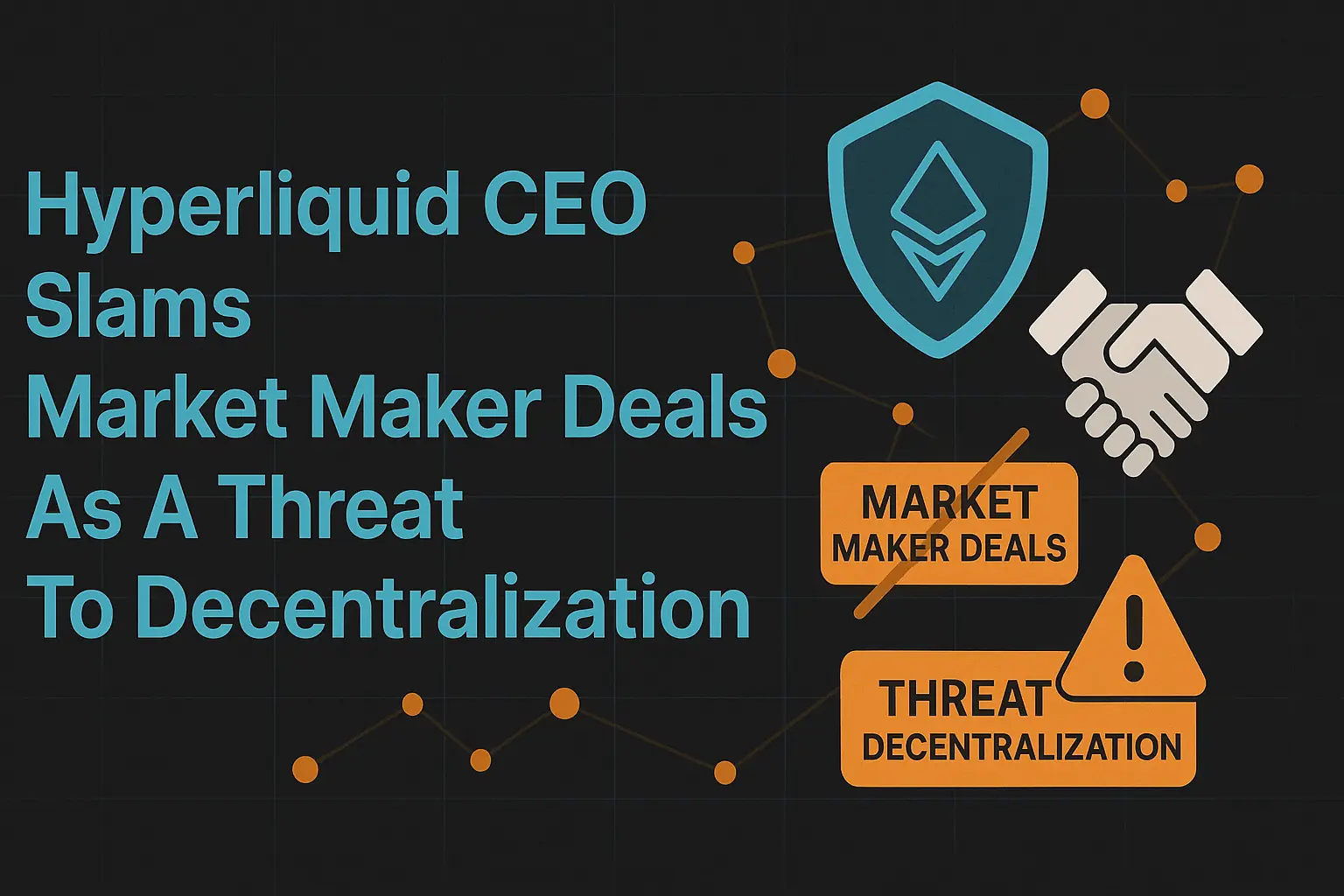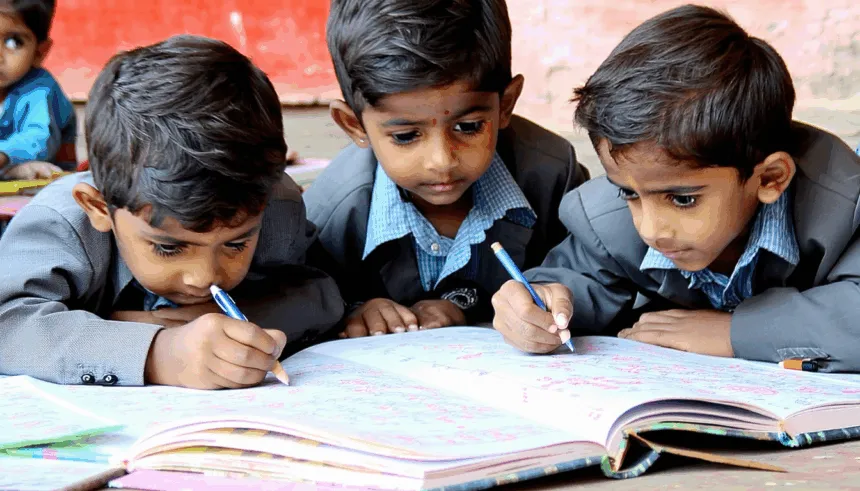Introduction
In a groundbreaking move, India’s education sector is spotlighting "completing the square," a key algebraic technique, to boost mathematical proficiency among students. Announced on October 15, 2023, by the Ministry of Education, this initiative targets secondary school curricula nationwide. It aims to address learning gaps in mathematics, particularly in rural areas, where students often struggle with quadratic equations. Why now? With global competitiveness in STEM fields intensifying, officials believe strengthening foundational skills is urgent. This development, centered in New Delhi, promises to reshape how millions of students approach problem-solving.
Revamping Math Curricula with Completing the Square
The Ministry of Education has rolled out a revised syllabus emphasizing completing the square as a core concept for solving quadratic equations. This method, which transforms equations into a perfect square trinomial, is seen as a stepping stone to advanced algebra. Starting in the 2024 academic year, over 10 million students across 28 states will engage with updated textbooks and digital resources. According to Dr. Anil Sharma, a leading educationist, “Mastering completing the square equips students with logical thinking essential for higher studies.” The focus is on practical application, not just theory.
This initiative also includes teacher training programs. Over 50,000 educators will undergo workshops by March 2024 to ensure effective delivery. The government has allocated Rs. 200 crore for this project, signaling strong commitment. Urban schools in cities like Mumbai and Bengaluru are already piloting the modules. However, challenges remain in ensuring uniform implementation across diverse regions with varying infrastructure.
Addressing Learning Gaps in Rural India
A significant aspect of this push is its outreach to rural students, who often lag in mathematics due to limited resources. Recent data from the National Achievement Survey (2022) shows that only 35% of rural Class 10 students can solve basic quadratic equations. The new curriculum aims to bridge this gap through mobile apps and community learning centers offering tutorials on completing the square.
Local educators welcome the move but highlight logistical hurdles. “Access to technology is still a barrier in remote areas,” notes Priya Menon, a math teacher from Kerala. The government plans to distribute 500,000 low-cost tablets preloaded with math content by mid-2024. This step could be transformative if paired with consistent internet access. Stakeholders hope this will level the playing field for underprivileged students aspiring for careers in science and technology.
Impact on Students and Future STEM Prospects
The emphasis on completing the square is more than academic—it’s a gateway to excelling in competitive exams like JEE and NEET, crucial for engineering and medical aspirants in India. With over 1.5 million students appearing for these exams annually, mastering such techniques can make a critical difference. Experts predict a 15% improvement in math scores within two years if implemented effectively.
Beyond exams, this skill fosters analytical thinking applicable in real-world scenarios, from economics to computer programming. “Algebraic methods like these build problem-solving mindsets,” says Professor Rakesh Kumar of IIT Delhi. Parents, too, see value in this focus, though some worry about added academic pressure on young learners. Balancing rigor with student well-being remains a key concern for policymakers.
Analysis and Future Implications
The renewed focus on completing the square underscores India’s broader ambition to become a global leader in STEM education. By prioritizing foundational concepts, the country aims to prepare a workforce capable of driving innovation in technology and research. If successful, this could elevate India’s standing in international assessments like PISA, where it has historically underperformed.
However, opinions differ on execution timelines and resource allocation. While urban educators praise the initiative’s vision, rural counterparts urge faster infrastructure upgrades. Potential delays in tablet distribution or teacher training could hinder progress. Additionally, integrating digital tools without alienating non-tech-savvy communities poses risks. A balanced approach, blending traditional and modern teaching methods, might offer the best path forward.
Looking ahead, this curriculum shift could inspire similar reforms in other subjects, aligning education with industry needs. Partnerships with ed-tech firms are already being explored to scale impact. Success hinges on sustained funding and monitoring mechanisms to track student outcomes over the next five years.
Conclusion
India’s bold step to prioritize completing the square in school curricula marks a pivotal moment in educational reform. By targeting core algebraic skills, the initiative seeks to empower millions of students with tools for academic and professional success. While challenges like rural access and implementation persist, the potential benefits—improved test scores, enhanced STEM readiness, and global competitiveness—are immense. As this program unfolds in 2024, it could set a precedent for how foundational learning shapes future generations. India watches closely as its classrooms transform into hubs of mathematical innovation.

Ivan Petrov is a seasoned journalist with deep insights into Russia’s dynamic crypto landscape. His work focuses on market dynamics and the transformative potential of blockchain technology, making him a go-to expert for understanding Russia’s digital financial innovations.







